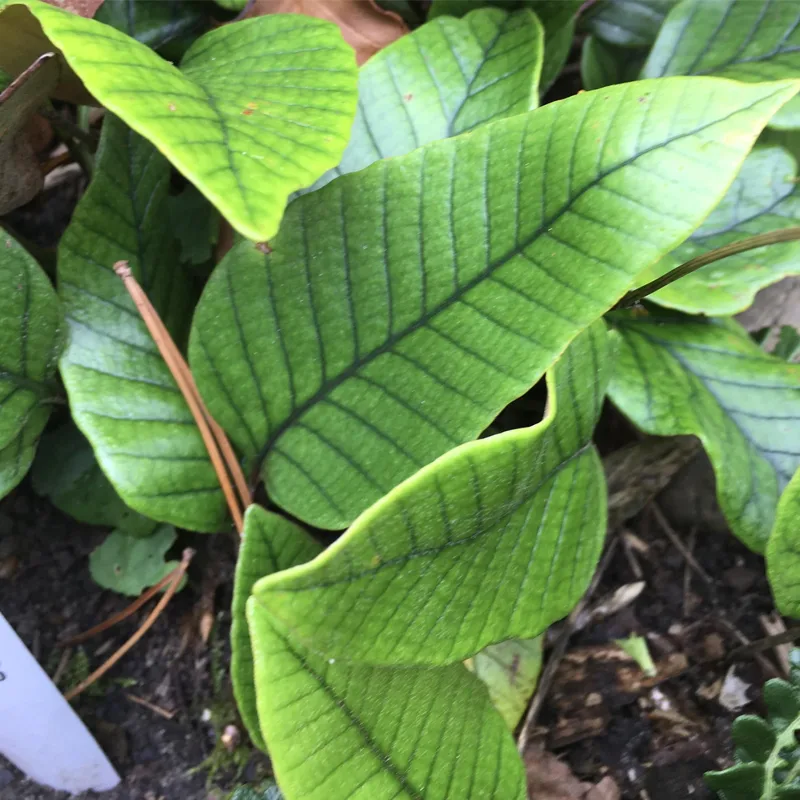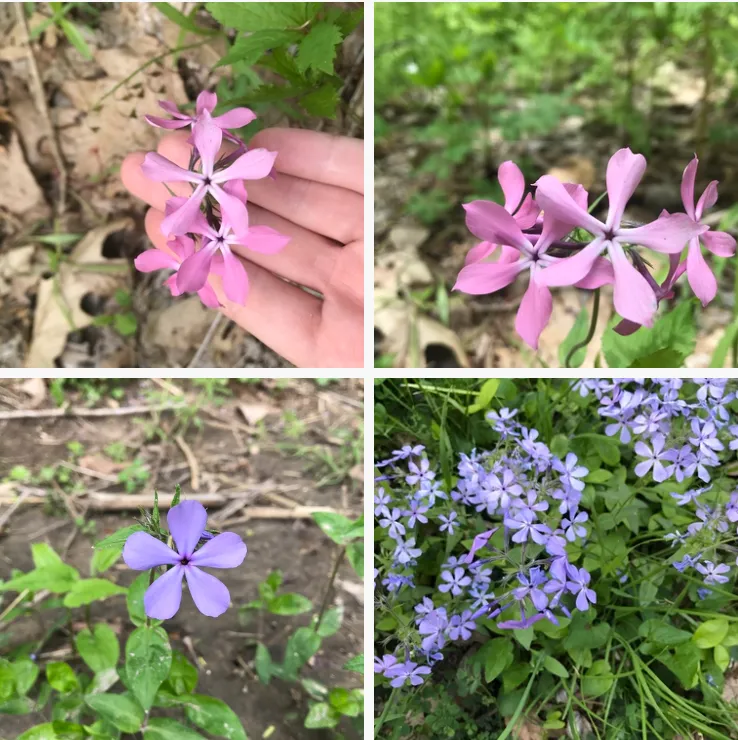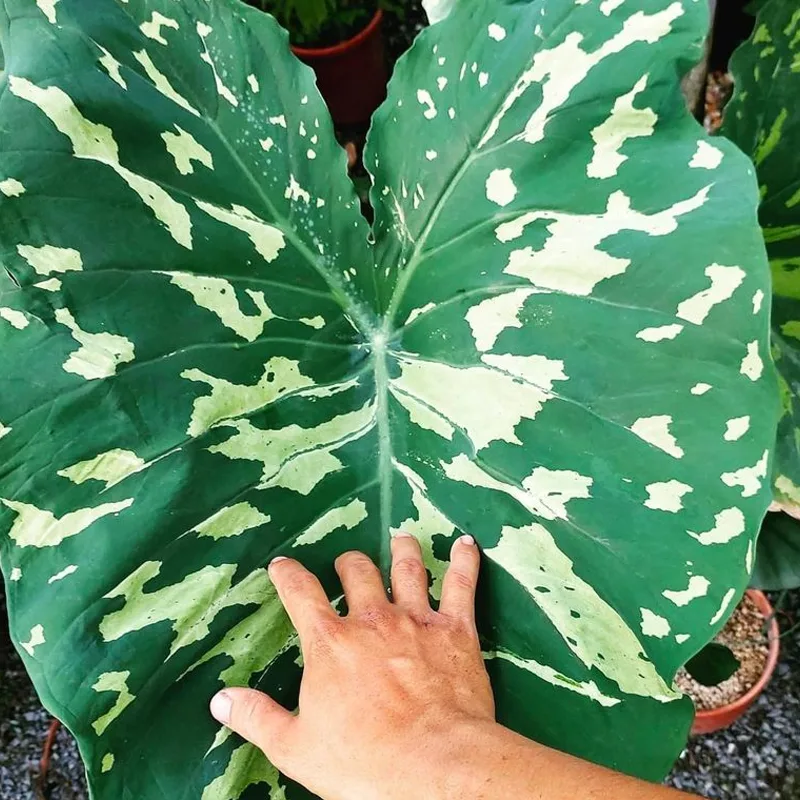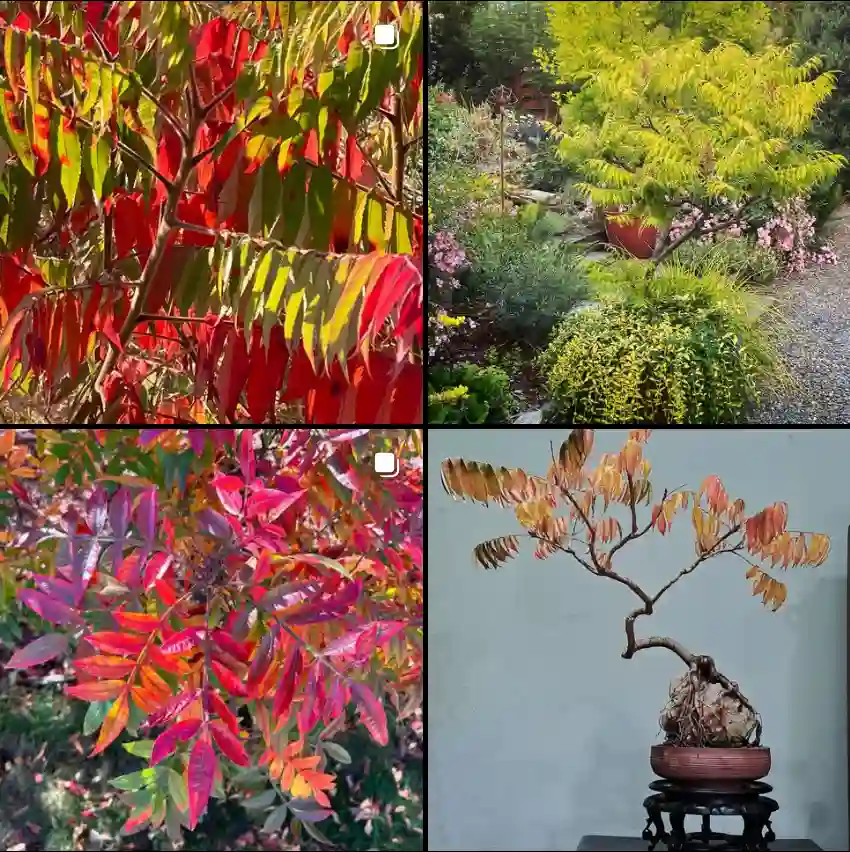
FAQs About Smilax Lasioneura
Smilax Lasioneura, often referred to as the “smooth carrionflower,” is a fascinating plant that often catches the interest of gardeners and plant enthusiasts alike. I’ve spent quite some time with this species, and in this article, I’ll answer some of the most common questions that people have about Smilax Lasioneura.
Plant Family: Smilacaceae – 264 Species in Genus Smilax – Greenbrier
What is Smilax Lasioneura?
Smilax Lasioneura is a species of flowering plant in the Smilacaceae family. It is a perennial vine native to North America. The plant is known for its climbing ability and the beautiful, glossy leaves it produces. It also bears small, greenish flowers that are often overlooked but contribute to the overall aesthetic appeal of the plant. The plant is commonly found in woodlands, thickets, and along the edges of forests.
How to Care for Smilax Lasioneura?
Caring for Smilax Lasioneura is relatively straightforward, which is one of the reasons I appreciate this plant so much. Here are some key care tips:
- Light: Smilax Lasioneura thrives in partial to full shade. It can tolerate some direct sunlight, but too much can scorch its leaves. I usually place mine in a spot that gets dappled sunlight throughout the day.
- Soil: This plant prefers well-drained soil that’s rich in organic matter. In my experience, adding compost or leaf mold to the soil before planting helps it establish strong roots.
- Watering: Smilax Lasioneura needs consistent moisture, especially during its growing season. However, it’s crucial not to overwater it, as this can lead to root rot. I usually water it when the top inch of soil feels dry.
- Pruning: Pruning isn’t a necessity, but I find that trimming back the vine after it flowers helps maintain a neat appearance and encourages new growth.
How to Propagate Smilax Lasioneura?
Propagating Smilax Lasioneura can be done through seeds or by dividing the root rhizomes. I prefer rhizome division as it’s quicker and more reliable. Here’s how I do it:
- Division: In early spring, I carefully dig up the plant and gently separate the rhizomes, making sure each section has a few healthy roots attached. I then replant these sections in well-prepared soil.
- Seed Propagation: If you’re patient, you can grow Smilax Lasioneura from seeds. I collect the seeds from the berries in the fall, clean them, and then plant them in a cold frame. They usually germinate in the spring, but it can take several weeks.
What to Plant with Smilax Lasioneura?
Smilax Lasioneura pairs well with other shade-loving plants. I often plant it alongside ferns, hostas, and woodland phlox. These companions not only complement the vine’s texture but also thrive in similar conditions. The mix of these plants creates a lush, woodland garden feel.
Benefits and Toxicity of Smilax Lasioneura
One of the reasons I admire Smilax Lasioneura is for its ecological benefits. The plant provides food and habitat for various wildlife species. Birds, in particular, enjoy the berries, while the dense foliage offers shelter for small animals.
However, it’s important to note that the plant’s berries are toxic to humans if ingested. While the plant isn’t highly dangerous, it’s best to keep it out of reach of children and pets who might be tempted to eat the berries.
Common Problems with Smilax Lasioneura
In my experience, Smilax Lasioneura is a relatively trouble-free plant, but like all plants, it can face some issues:
- Pests: The plant is generally resistant to pests, but aphids and spider mites can occasionally become a problem. I usually treat these with insecticidal soap.
- Diseases: Overwatering can lead to root rot, so it’s crucial to ensure the soil drains well. Keeping the plant in well-ventilated areas can also prevent fungal diseases.
Smilax Lasioneura vs. Similar Species
Smilax Lasioneura is sometimes confused with other Smilax species, such as Smilax Herbacea. The key difference is in the leaf texture; Smilax Lasioneura has smoother leaves compared to the rougher texture of Smilax Herbacea. The flowers of Smilax Lasioneura are also less conspicuous, making the foliage the main attraction.
Conclusion
Smilax Lasioneura is a versatile and attractive plant that adds a unique touch to any garden. Its ease of care, combined with its ecological benefits, makes it a favorite of mine. Whether you’re looking to add some greenery to a shaded area or attract wildlife to your garden, Smilax Lasioneura is a plant worth considering. Just remember to be mindful of its potential toxicity and provide it with the right growing conditions to keep it thriving.
If i die, water my plants!



